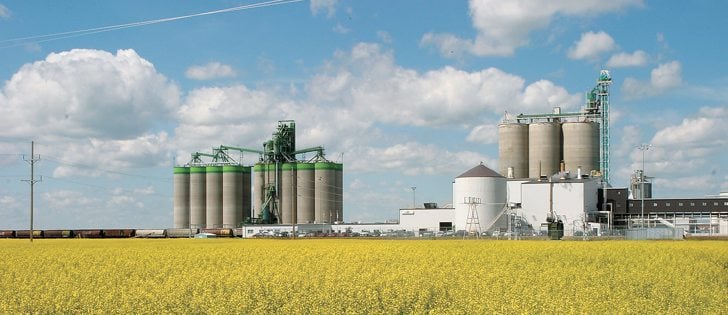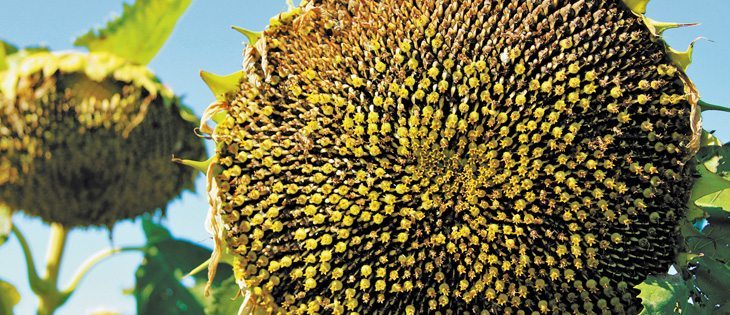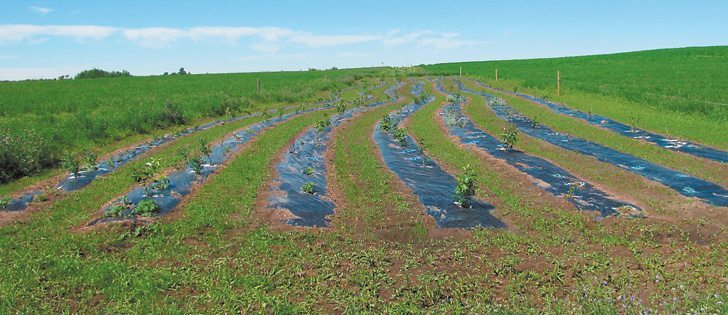The hot, dry weather in Argentina and southern Brazil has sparked a modest rally in crop markets to kick off the year.
Just a month ago, we ran a story noting that speculative investors had scaled back their holdings in crop futures.
DTN analyst Darin Newsom said he believed outside investors would again play a major role in crop prices in 2012. If they believed the stock market had a better outlook than commodities, then it would be hard to spark rallies in grain and oilseed prices.
Read Also

Canola used in only quarter of Canadian biofuel
Less than one-quarter of the biodiesel and renewable diesel used in Canada in 2024 was made from canola oil feedstock
But in the first week of this year, speculative investors started to jump back into crops, helping to fuel the rally.
Whether they stay in the market depends a lot on how much rain falls this week in Argentina and southern Brazil.
Late last week, the forecast called for heavy rain Jan. 10-11, but at the time this column was written Jan. 9, rainfall totals and coverage area forecasts were scaled back dramatically.
Temperatures were to return to the sweltering 35-plus C level following the showers, which is bad news for corn as it flowers.
One farming group warned that the dry weather hurting soybean and corn crops might cause more damage than the 2008-09 drought, which was the worst in 70 years. However, another agricultural body disputed that.
The 2008-09 Argentine drought saw soybean and corn production drop about 30 percent, or 21 million tonnes.
Argentina’s dry weather is strongly influenced by the La Nina in the Pacific.
It is not strong, but last week forecasters said La Nina would persist longer than expected, lasting into the northern hemisphere spring, which means it could help to extend the dry weather through Argentina’s growing season.
As this week’s stories in our Markets and Agfinance sections show, grain users’ comfort level rose a lot after last fall’s generally good harvests. Many analysts expect markets in 2012 will not have the golden aura of 2010 and 2011.
However, that assurance has been shaken a little by the South American situation.
Winter dryness in Western Canada, the U.S. northern plains, northern India and Ukraine are not huge worries — no summer crop is lost in January — but the situations are creeping into market talk and adding to a small, but growing unease.
Western Canadian growers should stay on top of the South American weather news.
If it stays dry for another week or so and prices continue to climb, it could present opportunities for pricing old crop and some 2012 production.
















